Non-crimp multiaxial technical textiles or fabrics (Non-Crimp Fabrics or NCF)
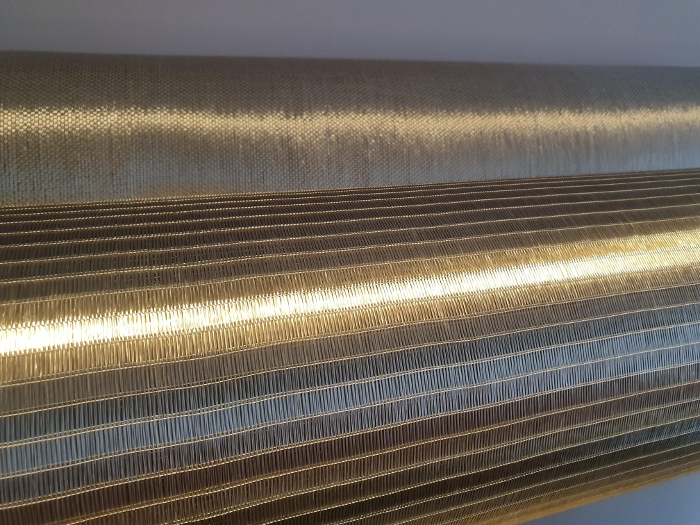
Non-crimped multiaxial technical textiles consist of multiple unidirectional layers, placed in a different orientation or axis and they are then stitch bonded with aim to form a stabilised fabric. They are widely used for processes where higher mechanical properties vs traditional woven fabrics (such as tensile strength and flexion) are required in combination with visual quality finishes. In these fabrics there is nearly no "print through" effect (mean less stress) which is especially important for advanced composite applications.
They are suitable for various structural end-use applications: in automotive, nautical, aircraft and many other domains where fibre-reinforcements can be placed in different orientations to optimize the properties of the composites whilst improving the shock absorption.
Multiaxial fabrics have excellent drapability or otherwise called wettability (good resin penetration and flow) and are compliant with various matrices or resin systems for thermoset or thermoplast applications.
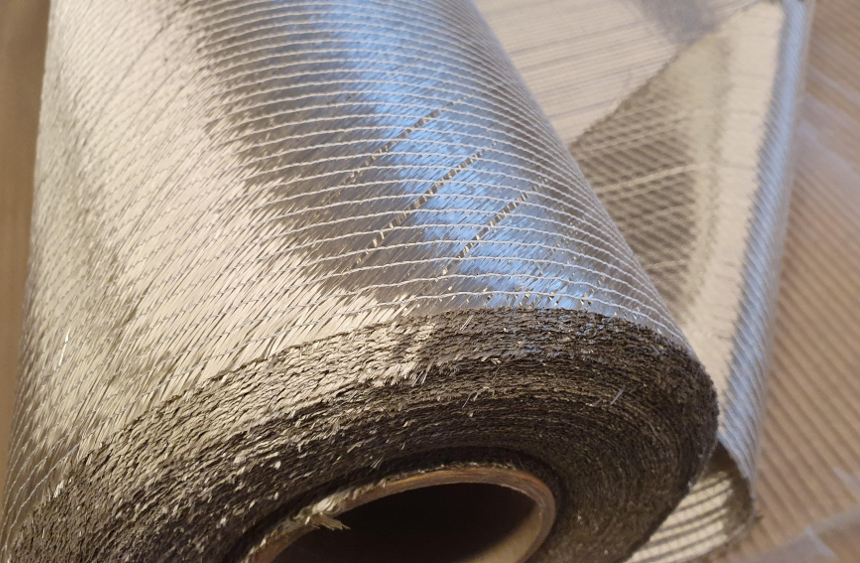
The reinforcing fibres can be placed in different axis and by using different ply weights and orientations it is possible to create tailor made engineered materials with aim to optimise them for our customers’ applications.
The downstream processability is easier while it is much convenient to cut or handle as the stitching yarn holds the fabric stable. The weight distribution in the fabric is optimized and it is possible to manufacture the hybrid constructions combining FILAVA rovings with different fibre types (carbon, aramid, flax, …etc).
Product description:
- Construction and the orientations: Biaxial 0°/45° or Bidirectional on 0°/90°, Unidirectional on 0°/90°, Triaxial on 0°/+45°/-45° or +45°/-45°/90°, Quadri-axiales 0°/-45°/90°/+45°, ... etc.
- Suitable for use with following matrices: epoxy, vinylesther, polyamide, … etc.
Non-crimped multiaxial technical textiles or fabrics made from FILAVA direct rovings are available in a surface weight range of 200 to 1.200 gr/m2, with a variety of different thickness.
The fabrics are wounded on rolls with 127 cm. width. The rolls are individually labelled and wrapped with stretched plastic film for protection and improved handling.

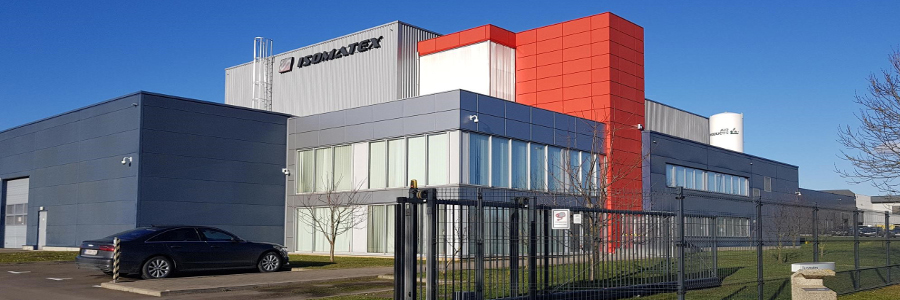
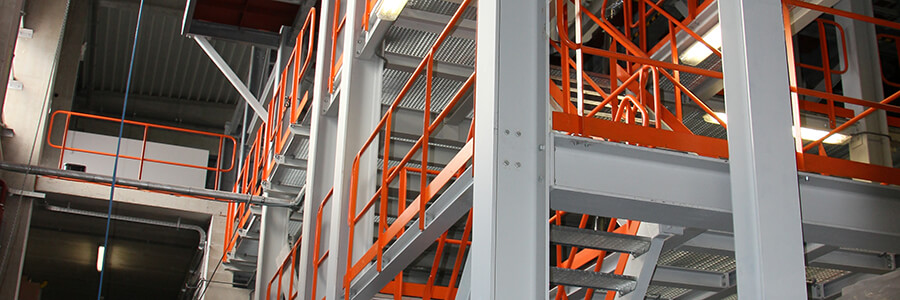
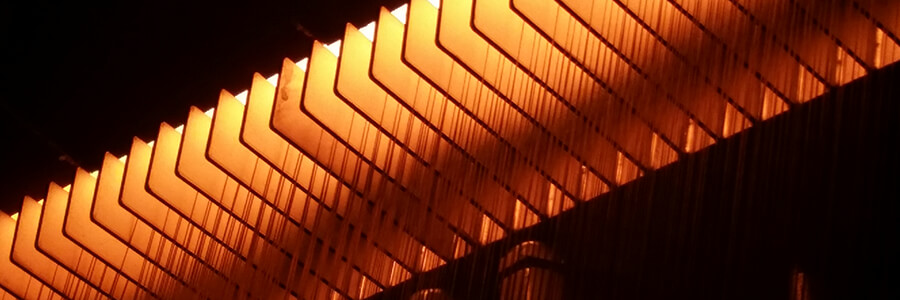
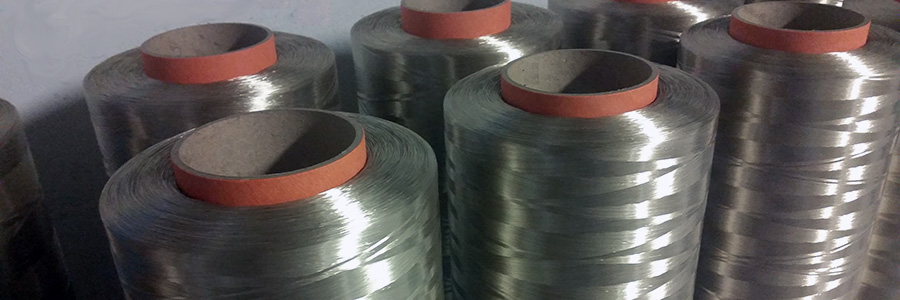
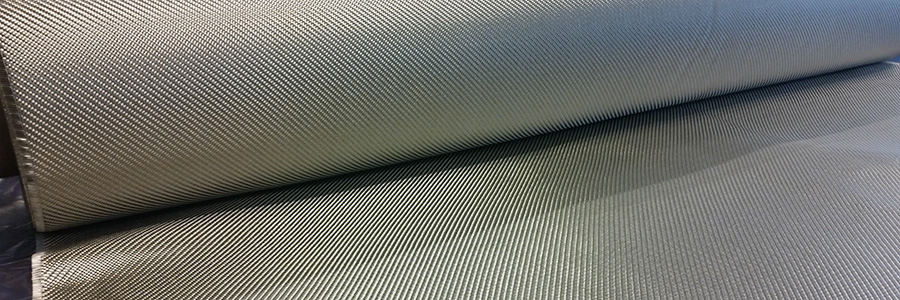


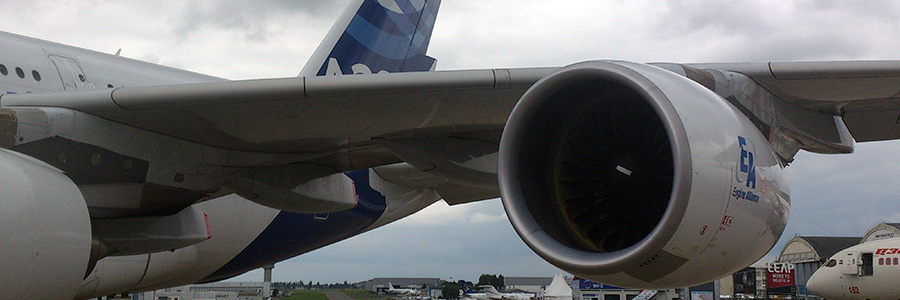
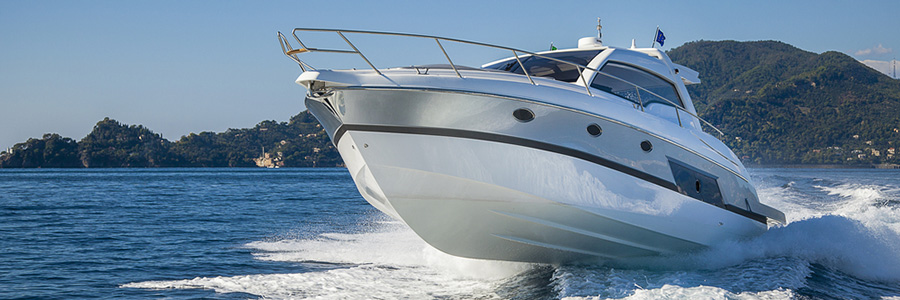
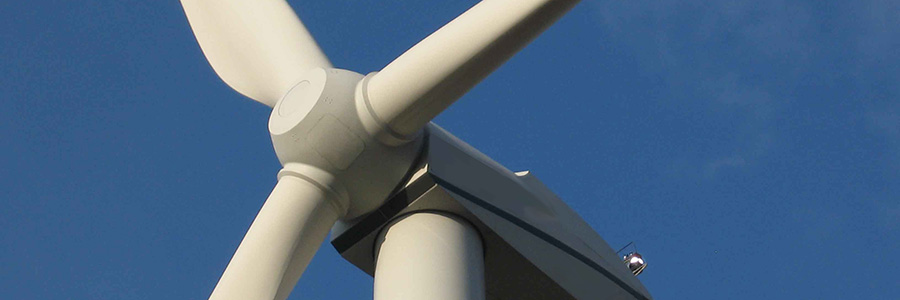

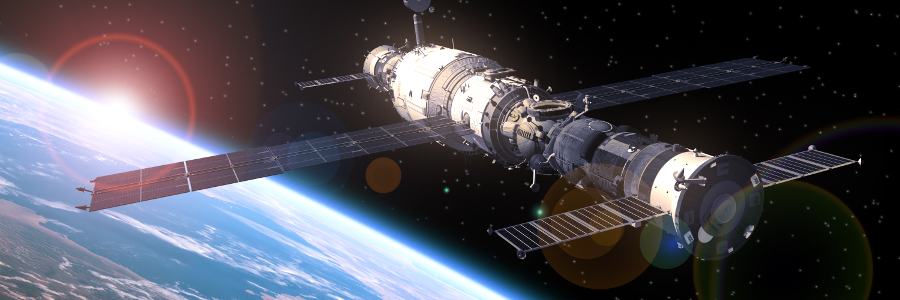

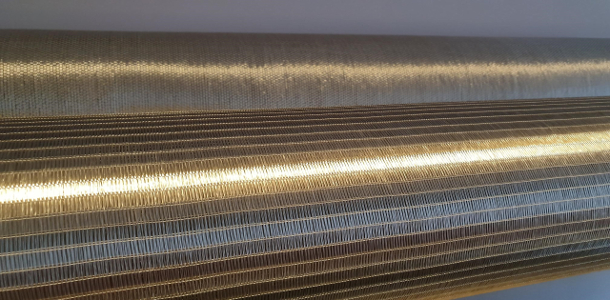



 Partager ce contenu
Partager ce contenu